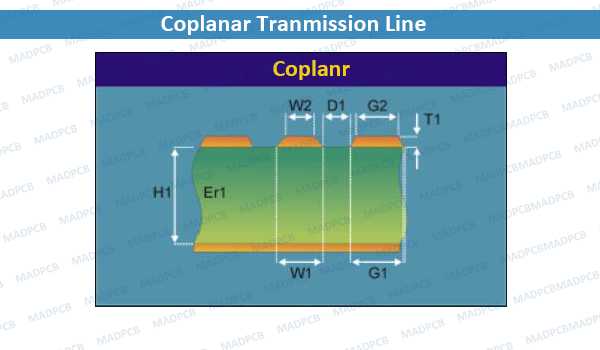wangzhao
Newbie level 5

Hi, everyone.
I am getting through CGH40010 datasheet.
It gives a demonstration circuit diagram, the transmission lines link input and output SMA port.
And why it add copper pads on the beside?
( the red arrow )



I am getting through CGH40010 datasheet.
It gives a demonstration circuit diagram, the transmission lines link input and output SMA port.
And why it add copper pads on the beside?
( the red arrow )



